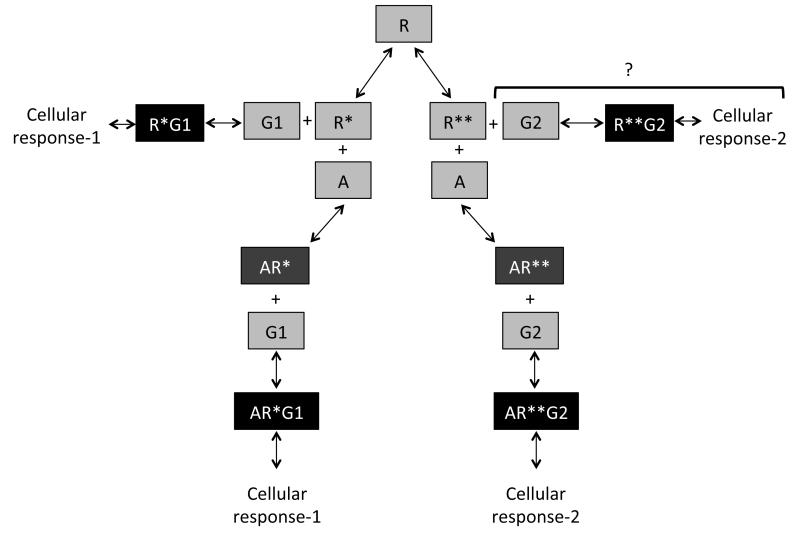Figure 2. Biased signaling of ligands based on the three-state model of receptor activation.
Receptors can exist in three different conformations based on the three-state model of receptor activation, inactive (R), two active states (R* and R**). R* and R** can activate two different downstream cellular responses based on the second messenger systems they activate. For our purposes, let R* activate cellular response-1 or G protein-mediated signaling pathway via G1 second messenger and R** activate cellular response-2 or arrestin-mediated signaling pathway via G2 second messenger. R* can activate cellular response-1 constitutively as was discussed in the two-- receptor theory model (left lateral arm of schematic). Theoretically, R** can also activate cellular response-2 (arrestin-mediated pathway) constitutively (right lateral arm of schematic), however, this has not been shown experimentally and hence denoted with ‘?’. As discussed in the two-state model of receptor activation, ligand ‘A’ can bind to R* to form AR* and activate cellular response-1 via binding to G1 (left descending arm of schematic). ‘A’ can also bind to the other active conformation R** and form AR** that can activate cellular response-2 via binding to G2 (right descending arm of schematic). Biased ligands will have different affinities for R* and R** and will result in differences in the responses observed.
Note: This schematic is only a representation of the intact system in the three-state model of receptor activation. The three-state model has two modes of operation, the first where all equilibria are interconnected (intact) and the second where they are disconnected (isolated), and to explain the experimental data we needed to use the isolated model. Also, the equilibria change based on the ligands added to the system. Therefore, the schematic is not an accurate representation of the dynamic nature of the equilibria between the different states of the receptors and their binary or ternary complexes. Also, there is no experimental evidence of the existence of a direct equilibrium between R* and R** and is therefore excluded from this schematic.

